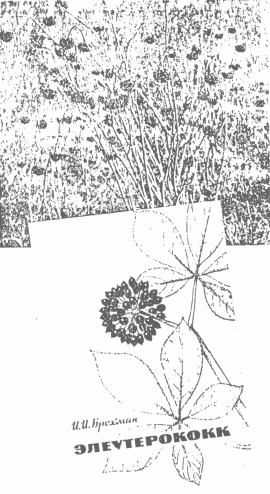
How can we designate them? In the absence of any suitable Western terms I call the wide range of Oriental adjustive remedies "harmonizers", to which the ginseng/ Eleutherococcus type belong. As one of the more noticeable properties of the latter is their effects on stamina, it seems attractive to group them with other Western drugs which can increase arousal. The major groups of such Western drugs are: stimulants (e.g. amphetamine and caffeine), tonics (e.g. glycerophosphate), analeptics (e.g. metrazole, used to kick brain regions into activity after poisoning or injury), and no tropics (newer mild stimulants). But none of them has anything to do with resistance. Therefore I have coined the term somatensic (from soma, body and tendere to stretch, expand) because they extend human performance without extracting a Faustian toll from health (see Table). It would be misleading to state that these remedies can extend performance beyond the optimum capacity for each person. However, by improving stamina and resistance, they could help an individual to reach that optimum.
Now that scientists in Russia and Far Eastern countries know how to test these remedies, they are continually finding new uses for them. The most prestigious specialist medical institutes in the USSR have recently found Eleutherococcus useful as an adjunct to other medicines in hastening the cure of chronic conditions such as chronic pneumonia, chronic tuberculosis, and vascular dystonia. Oncology institutes in several regions of the USSR, including the Petrov Oncological Institute in Leningrad, reported success in improving the general health of patients with cancer, and reducing the chances of metastasis (that is development of secondary tumours). It was also found useful in reducing the debilitating effects of radiotherapy and chemotherapy, and therefore allowing higher doses to be given. The same goes for ginseng.
Its glycosides have recently been shown to hasten the recovery of patients after serious operations, considerably shortening their dependence on the hospital and reducing complications. Trials with healthy people have been extensive in the Soviet Union. The biggest was organized at the Volga car plant in Togliatti, in which Eleutherococcus was given to no fewer than 80,000 car workers with a consequent reduction in various illnesses and therefore in work losses.

"The most prestigious special medical institules in the USSR have recently found eleutherococcus useful as an adjunct to other medicines in hastening in the cure of chronic conditions - pneumonia, tubericulosis, and vascular dystonia"
